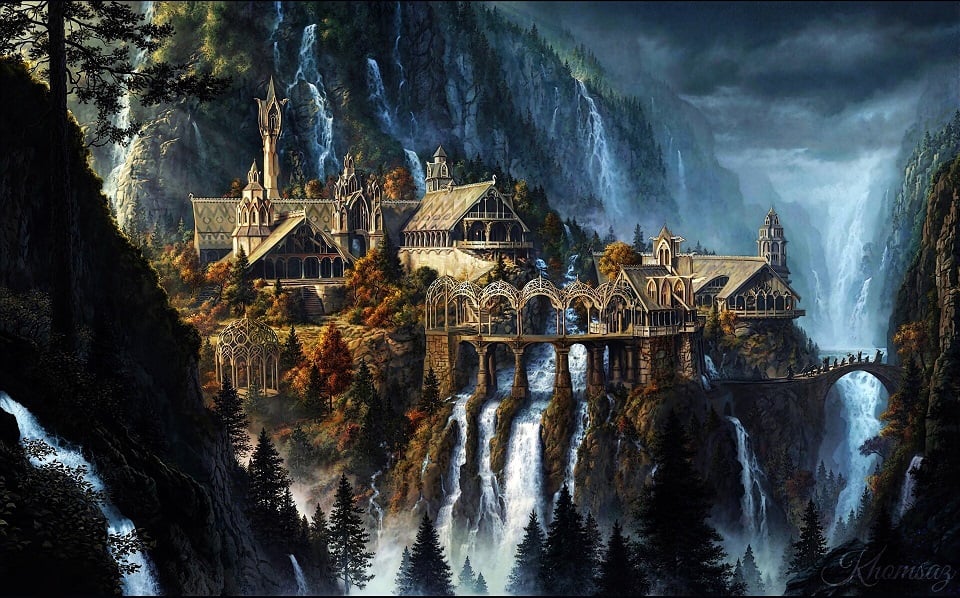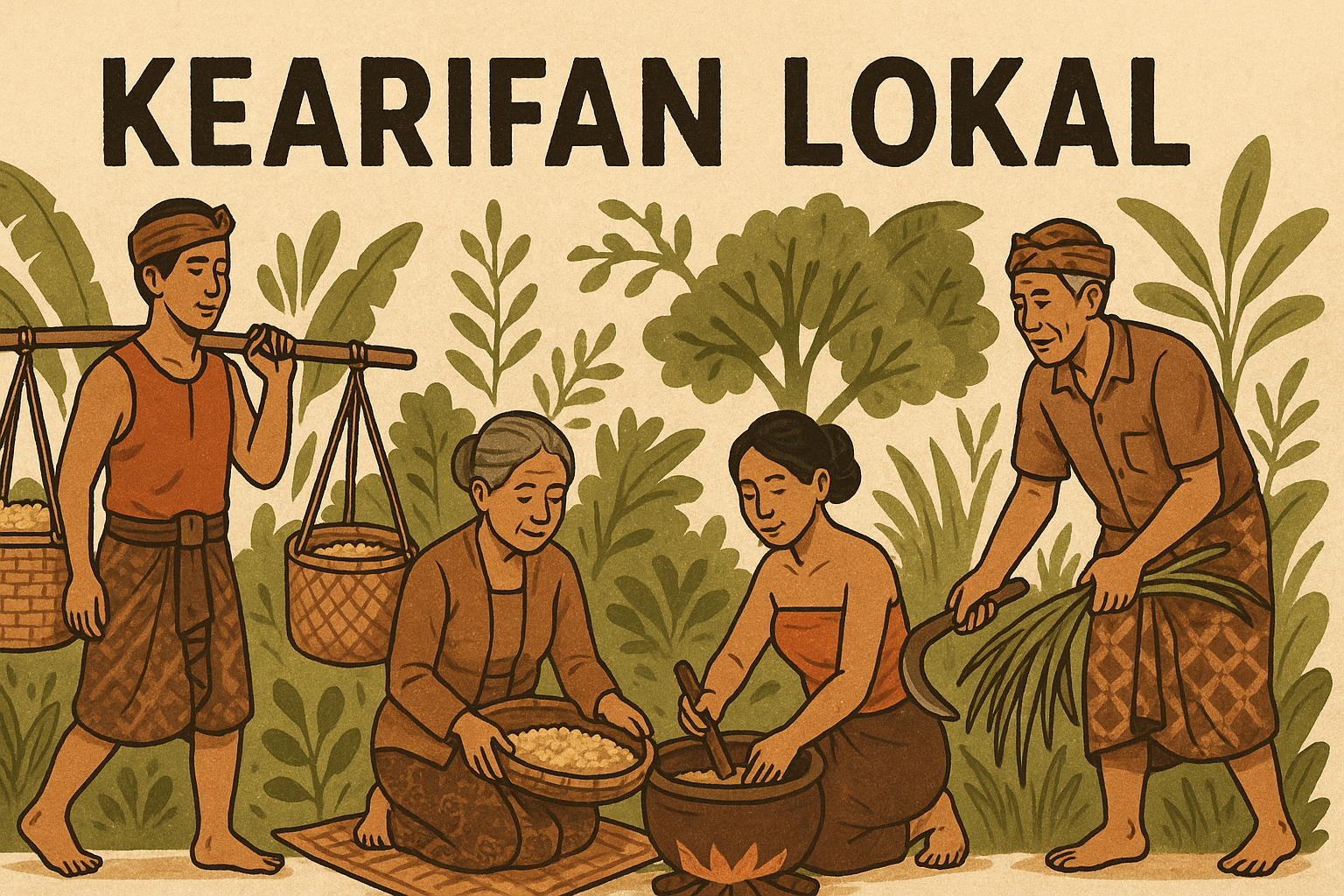
Fantasy literature has an undeniable power to captivate the imagination. From enchanted forests and dragons to magical realms and legendary quests, fantasy offers an escape from the ordinary and a chance to experience worlds that defy the laws of reality. But what is it about fantasy that makes it so compelling? How do authors craft these magical realms, and what elements keep readers coming back for more?
As a long-time lover of fantasy books, I’ve always been fascinated by the way writers build entire universes from scratch. Fantasy literature isn’t just about magic and mystical creatures—it’s about creating immersive worlds with their own rules, histories, and cultures. In this article, we’ll delve into the key elements that make up fantasy literature and examine how authors bring these magical worlds to life, one page at a time.
The Building Blocks of Fantasy Worlds

1. Magic and the Supernatural
One of the defining features of fantasy literature is the presence of magic—a force that shapes the world and defines the rules of reality. Magic can manifest in various forms, from spell-casting wizards to magical creatures, and it plays a significant role in the plot, conflict, and world-building of fantasy stories.
What makes magic so compelling in fantasy literature is that it often transcends the limitations of the real world, offering endless possibilities for creativity. Whether it’s alchemy, enchanted objects, or mystical powers, magic can alter the course of history, influence character development, and set the stage for thrilling adventures.
Types of Magic in Fantasy:
-
Elemental Magic: The manipulation of natural elements such as fire, water, air, and earth.
-
Divine Magic: Magic linked to gods or supernatural beings, often associated with healing or divine intervention.
-
Dark Magic: Often forbidden or taboo, dark magic is associated with curses, necromancy, or manipulation of life and death.
Magical systems can range from highly structured and governed by rules (think Brandon Sanderson’s magic systems) to more fluid and mysterious forces that are central to the story’s conflicts. The way magic is used, controlled, or even feared is a key part of what makes fantasy worlds so intriguing.
2. World-Building: Creating Immersive Realms
World-building is one of the most essential elements of fantasy literature. The worlds created in these stories are often complex, with unique histories, cultures, geographies, and systems of governance. Every detail, from the political structure to the types of creatures that inhabit the land, must be carefully crafted to create a believable and immersive world.
Some of the most iconic fantasy worlds, such as J.R.R. Tolkien’s Middle-earth and George R.R. Martin’s Westeros, have become cultural touchstones because of the level of detail and richness in their world-building. Authors often create entire languages, histories, and myths to lend authenticity to the worlds they build.
Key Elements of Fantasy World-Building:
-
Geography and Ecosystems: The physical setting of the world, including landscapes, climate, and ecosystems, all play a role in shaping the cultures and creatures of the realm.
-
History and Mythology: The world’s past, including wars, conflicts, and the rise and fall of civilizations, informs the present-day dynamics of the story.
-
Religion and Beliefs: Spiritual beliefs, gods, and divine forces often play a central role in shaping the world and guiding characters’ actions.
The depth and consistency of a fantasy world are what make readers feel as though they are truly stepping into another reality, where the impossible becomes possible.
3. Creatures, Races, and Mythical Beings
Fantasy literature is home to an array of creatures and races that aren’t found in our reality. From dragons, elves, and dwarfs to fairies, goblins, and trolls, these mythical beings are integral to many fantasy stories. They can serve as allies, enemies, or neutral characters, each with their own unique characteristics, abilities, and roles in the narrative.
These creatures often embody the themes of the story, whether it’s the wisdom of elves, the strength of dwarfs, or the terror of dragons. The interactions between humans and these creatures often drive much of the conflict, adventure, and moral dilemmas in fantasy literature.
Popular Fantasy Creatures:
-
Dragons: Often depicted as powerful, ancient beings, dragons are symbols of wealth, danger, or wisdom.
-
Elves: Known for their agility, longevity, and connection to nature, elves often represent purity and grace.
-
Orcs and Goblins: Often portrayed as villains or antagonists, these creatures can symbolize brutality and savagery.
Fantasy authors often use these mythical beings not just for their inherent qualities but to explore themes like diversity, cultural conflict, and the tension between good and evil.
Thematic Depth in Fantasy Literature
1. Good vs. Evil: The Eternal Conflict
At the heart of many fantasy stories lies the classic theme of good versus evil. This timeless struggle forms the foundation of many fantasy narratives, where characters or entire worlds are at war with malevolent forces. The battle between light and dark, order and chaos, is often framed through a series of moral dilemmas, heroic quests, and epic battles.
But fantasy literature often complicates this dichotomy, offering characters who are morally ambiguous, societies that struggle with internal corruption, and antagonists whose motives are more complex than simple malice. This grey area allows readers to explore the nuances of right and wrong, making the story more engaging and thought-provoking.
2. Identity and Self-Discovery
Another recurring theme in fantasy literature is identity—the exploration of who characters are, where they come from, and what they are destined to become. Many fantasy protagonists embark on heroic journeys in which they confront their past, question their future, and discover their true selves. This theme resonates deeply with readers, especially those going through their own processes of self-discovery.
For example, characters like Harry Potter, Frodo Baggins, and Arya Stark struggle with questions of identity and purpose as they face challenges that ultimately define them as heroes. These themes of self-realization and personal growth often serve as the emotional backbone of the narrative, making the characters’ journeys relatable to readers.
The Appeal of Fantasy Literature to Readers
1. Escapism and Imagination
One of the most powerful aspects of fantasy literature is its ability to transport readers into imaginary worlds that are rich in adventure, wonder, and possibility. For many, fantasy novels provide a much-needed escape from the stresses of daily life. The chance to explore magical realms, encounter mythical creatures, and live vicariously through characters on epic quests is a significant draw for readers of all ages.
2. Exploring Complex Themes Through Fantasy Worlds
While fantasy often involves magical and fantastical elements, it also tackles deeply human themes such as love, betrayal, power, and sacrifice. By using imaginary worlds as a backdrop, authors are able to address societal issues in a way that feels removed from reality, making difficult or controversial topics easier to explore.
For example, Tolkien’s “The Lord of the Rings” explores themes of environmental destruction, leadership, and friendship. Similarly, George R.R. Martin’s “A Song of Ice and Fire” (the basis for Game of Thrones) delves into political intrigue, morality, and the corrupting influence of power.
3. Cultural Exploration and Diversity
Fantasy literature also often explores cultural diversity through its creation of new races, societies, and traditions knowledge. These fantasy worlds are often steeped in history, with detailed cultural practices, languages, and values. This allows readers to engage with complex questions about identity, community, and belonging while exploring new worlds that feel alive and full of possibility.
Conclusion: The Everlasting Magic of Fantasy Literature
Fantasy literature continues to captivate audiences around the world by offering readers a chance to imagine new realities, confront complex themes, and escape into worlds of magic and adventure. Whether through the creation of intricate worlds, the exploration of universal human themes, or the introduction of unforgettable characters, fantasy writers transport us to places where the impossible becomes possible.
For writers, the craft of world-building is both a challenge and a joy, as it requires creativity, consistency, and an understanding of what makes a world feel real. For readers, fantasy literature offers a portal to endless adventures and insights into the human experience—reminding us that even in the most magical of realms, the truths of life and identity are universal.
As long as there are stories to tell and worlds to explore, fantasy literature will continue to captivate our imaginations and inspire future generations of readers and creators.







